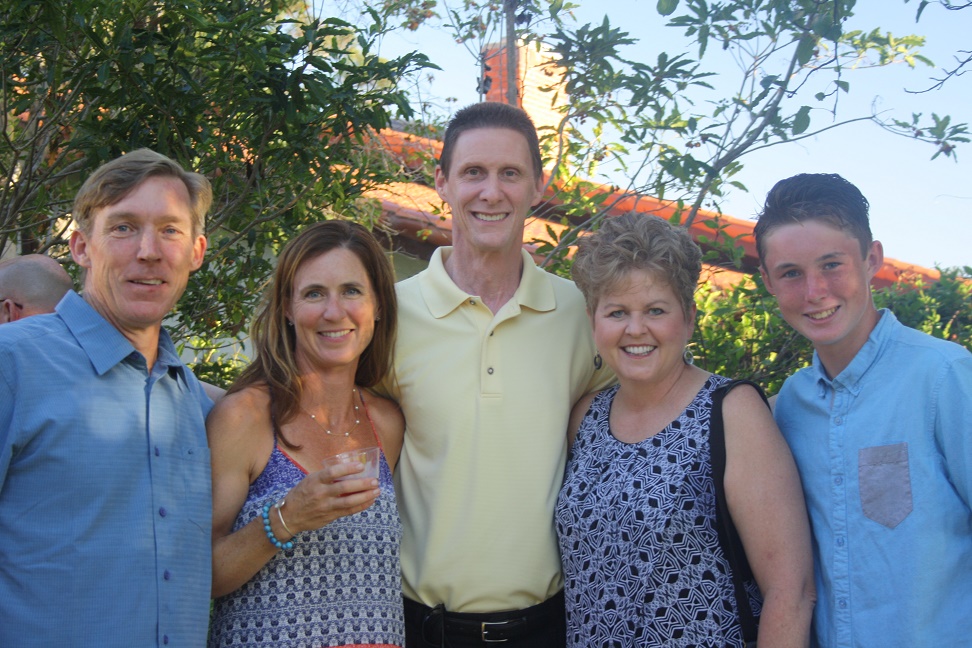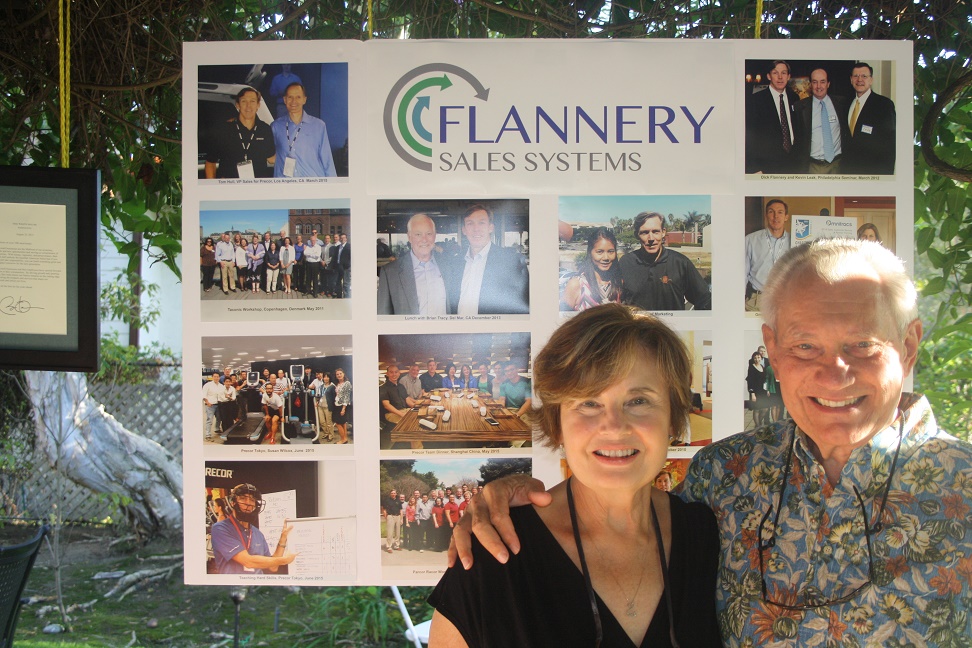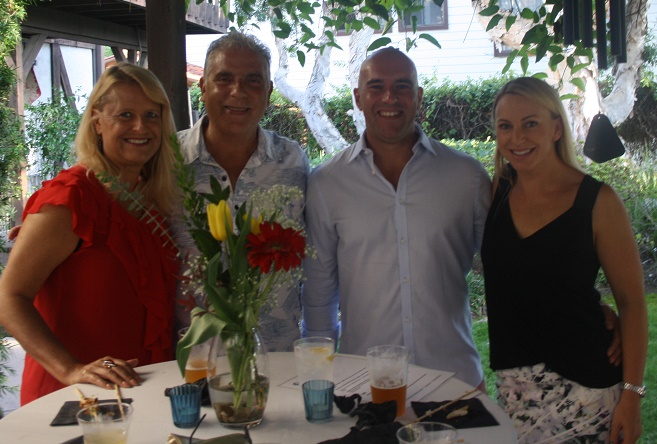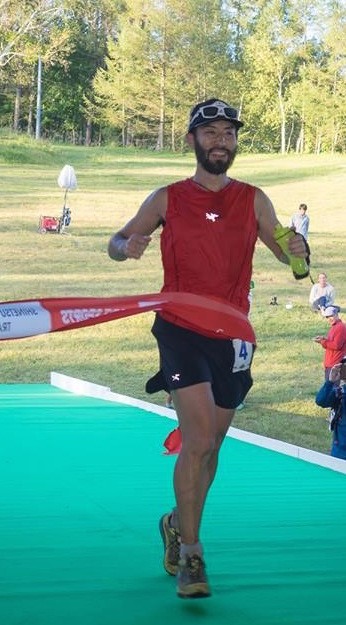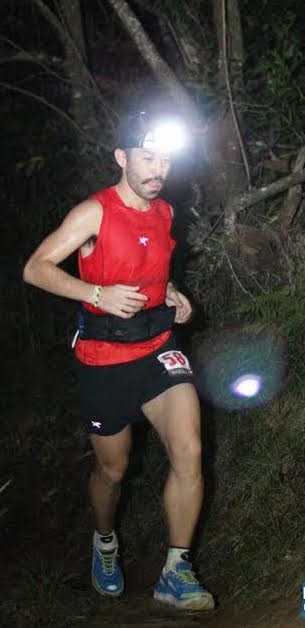Archive for month: September, 2015
John’s travels take him to the Balkans to include Sarajevo, Bosnia and Dubrovnik, Croatia. In the upcoming newsletter, two of our colleagues provide their expertise on topics that help to drive revenue. First, how Establishing Value helps to maintain margins and second, how the Use of Process enables predictable, successful outcomes. (turn up the volume and click on the arrow)
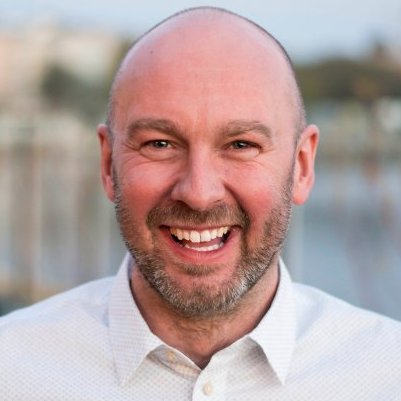 This contribution to our blog was made by my good friend and colleague Richard Brooks. He’s a popular speaker in the localization industry, CEO of UK-based LSP K International, a company specialising in legal translation services and a board member of the Association of Language Companies.
This contribution to our blog was made by my good friend and colleague Richard Brooks. He’s a popular speaker in the localization industry, CEO of UK-based LSP K International, a company specialising in legal translation services and a board member of the Association of Language Companies.
All over the world I hear that translation services are being bought on price and this price falls year on year. People call it a ‘race to zero’. I even saw the CEO of one of the largest firms in our sector present at this year’s GALA conference in front of 300 of her peers (most of which were suppliers) and she told us what she charges, she said she was ‘disrupting the market and charging $0.22 for each word regardless of language’.
Those of us who remember our micro economics lectures will remember when supply out strips demand, prices fall (everything else being equal). You can see a real world example of this at the moment with the oil price. So the question we have to ask is how is it that translation prices are falling when translators are a rare resource in high demand?
The world is still growing, we’ve been through one of the toughest economic times in our history and yet the developing world is still developing. The world is creating a huge amount of data (in the last 24 months we actually doubled the total amount of data in the world) and 99.9% of this will remain in only one language. Translation is in demand.
I also hear the smaller companies fear that their main service (translation) is becoming commoditized. This is a term that gets used a lot, so let’s explore what that means…
On Investopedia.com they define a commodity as
“A basic good used in commerce that is interchangeable with other commodities of the same type. Commodities are most often used as inputs in the production of other goods or services. The quality of a given commodity may differ slightly, but it is essentially uniform across producers.”
Does translation fit this definition? It’s not basic, it’s sort of interchangeable, it is used as an input, and quality does differ slightly but is mainly uniform. So almost. A straw poll of any audience at an industry event shows about 50/50 split yes and no. This is what I think to the question, ‘Is translation a commodity?’
I think the big chief CEO saying it’s tough and her clients buy on price is a signal. She signalling to 300 of her suppliers at a time when it’s tough out there, that THEY need to sell to her on price (btw the CEO mentioned buys Spanish in Argentina for less than $0.04 a word). In other words, I didn’t believe it for a second. I think if we all sell the same thing using the same methods then the only way to differentiate our service is through price. If you learn to understand your client’s business better you will have the untold opportunity to develop value add services for them and ultimately, extract some of that value for yourselves.
Remove cost or add value?
As business managers, our job is to increase shareholder value. We can (broadly) do this via two strategies. 1) Strip the cost out our businesses 2) Sell our product at a higher price. The problem is removing cost from a business is that it’s finite, there are 100 cents in a dollar and that’s it, any investment in this strategy will be limited by this fact. Investment in your service (so that it offers your clients more value) is only limited by your own imagination. A strategy of adding value needs to be driven by your marketing team and not your accountant.
With this in mind here are some examples of how you can add value to your business today.
Transcreation. Re-creating products/brands for a new region unlocks potentially millions of dollars of value for your clients. Make sure you understand what it is you’re being asked to do and innovate your pricing strategies to suit, why would you charge per word for a project like this?
New vertical markets. A vertical market is a particular group of companies who supply/create similar products or services. Tailor a value proposition for each market segment to increase economies of scale in your own business. Generally speaking you’ll find it easier to sell into verticals which are growing quickly.
New Transactional Services. Make sure you regularly benchmark your services against your competition. This can be easily done online. Note that your competitors might not be who you think they are, your competition is who your customers think they are. For instance Harley Davison doesn’t only compete with other motorbike manufactures it competes with things middle aged men do in a crisis e.g., buy a red Porsche, have an affair, buy a Rolex… you get the idea.
Understand the supply chain. Something will happen to your translation. It will be consumed by someone but along the way it might be involved in all sorts of different processes. Understand these processes, how they interact with each other and look to see where effort is duplicated. I bet you’ll have the opportunity to streamline someone else’s processes for them. This gives you the opportunity to create value within your client’s supply chain and in a new business. I’ve used this strategy many times to gain new clients. Obvious examples are allowing clients to API into your workflow system, providing open access to translation memories, using xml to encode the text and offering advice on languages/cultures.
Money isn’t everything. Value doesn’t have to be financial. You can offer value by reducing risk, offering improved turnaround times, increasing security, demonstrating understanding and even increasing the stock price of your customer. Whatever you do make sure you demonstrate the value you create at every opportunity you get.
Innovate your pricing strategies. Innovation isn’t always about your product. With the added value you’re offering and demonstrating to your client you need to work out a way to extract that value. Really clever pricing strategies I’ve seen have built in the value to the price. Michelin had this problem when their tires were 20% better than the competition but no one wanted to pay 20% more for them in a recession. So they charged by mile driven for the B2B sector. This built the quality into the price (if the tires are actually better they’ll change them less frequently) and had added value to the client because they didn’t pay for the tires if they didn’t drive the freight. Maybe you could charge your clients a % of the value that the localized product creates?
Tomokazu Ihara, from Kawasaki, Kangawa, Japan knows all about “process”. “Tomo” is a client of Flannery Sales Systems who runs “Ultras”: 100 Mile Ultra-marathons. Tomo shares with us parallels he has seen between using a sales process to win business and the process he follows to win a 100 mile race: Preparation, Execution, and Team Support. “You don’t even think about taking the first stride in 24-hour race without a process.”
Preparation and Execution
The experience of trained ultra runners teaches you to begin race preparation with some key information: What is the distance? What is the course? What is the elevation? What are the obstacles? What kind of training, clothing, shoes, fuel, protection, and which pacer do I need for the race?
Tomo: “When I train for 100 miles, I try to train myself with what can happen wrong. The more you know about the trail, the conditions, and yourself, the more you can anticipate what may go wrong, that is what will save you during the race; because if you have already anticipated that problem, you will be able to manage that. The race is so hard physically and mentally. When you get mentally down, you start thinking that you can’t finish the race. The preparation keeps you going. The important thing after preparation is to give your 100%”.
A sales process is built on the experience of successful sales leaders in your organization. Their experience is key to documenting a unique sales process built for the conditions of your marketplace: How long will it take? Who should be involved? What are the milestones? What obstacles may be anticipated, and what kinds of training, coaching, tools, and selling skills can be developed prior to the race? How can we forecast our probability of winning? A good sales process will help you anticipate what may go wrong. Your preparation will give you the ability to give it your 100% and finish strong.
Team Support
Trail running is all about how you manage yourself and aim for your personal best. Although it is very individual sport, it has a very good community. Tomo shares how he gets a lot of good support from his team. “People who do this sport are passionate and inspirational. When you have a good team, it is easier to accomplish things. You depend on your pacer. You learn in the mountains together.”
Sales also depends on individual effort, but a Sales Process gives a sales team a common goal, a common language, and a repeatable process, which makes it easier to pace a sales cycle. When you train on the same path together, you have a basis on which to share ideas, make adjustments, and share successes. A well directed team executing a sales process can help you achieve for your personal best.
Preparation, execution and team support are all keys to success, but Tomo ends our interview with this important reminder: “Every morning you have two choices…continue to sleep with your dreams, or wake up and chase them!” How will you reach your dreams for this quarter?
Tomo is currently training for the UTMF (Ultra Trail Mount Fuji) 100 mile September 26. You can follow his inspiration and success at http://tomokazuihara.blogspot.com.

